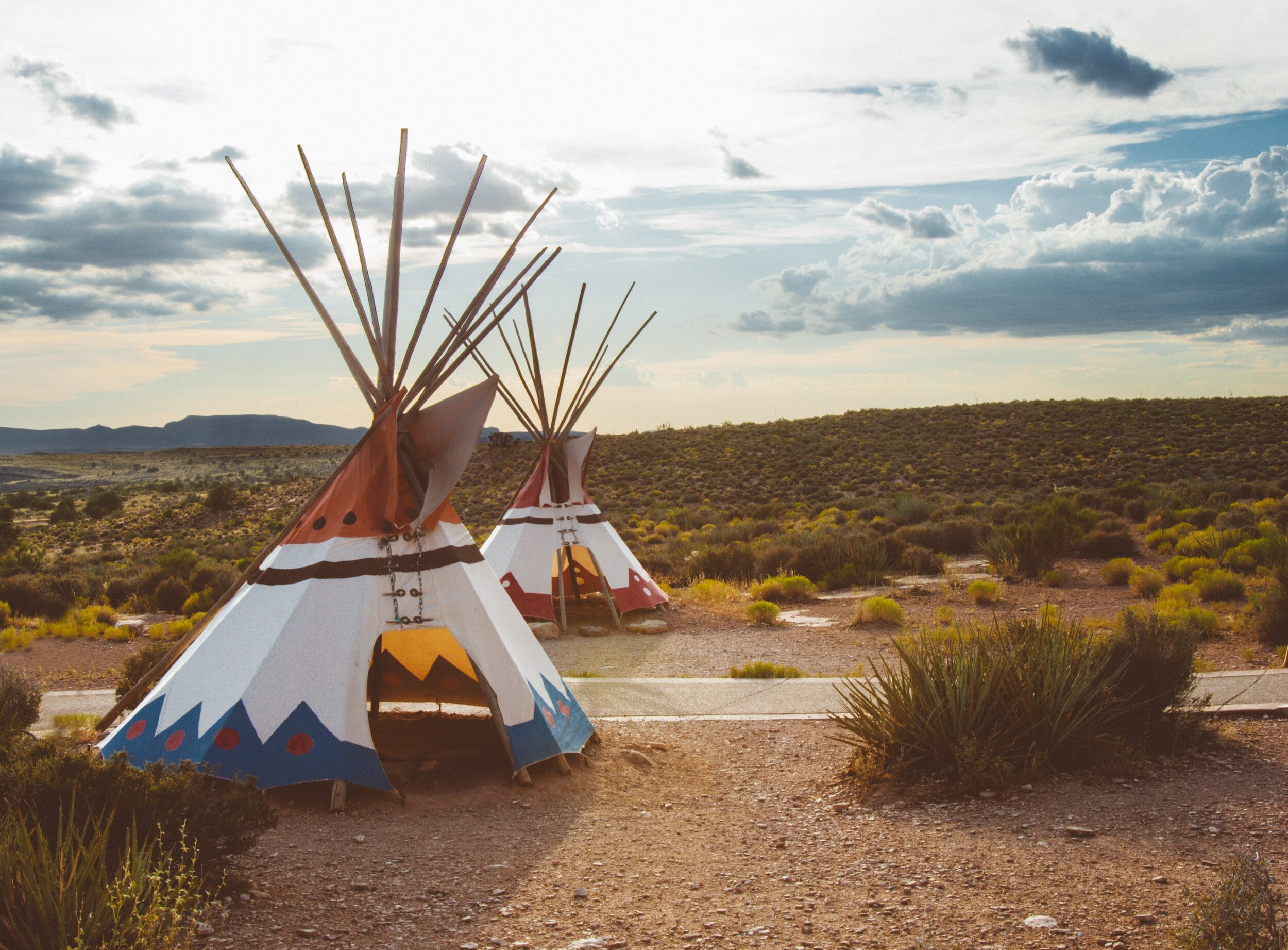You Went to Sleep in Oklahoma; You Woke Up On An Indian Reservation
Photo by MJ Tangonan on Unsplash
I grew up in Oklahoma. I’m now a fifth-generation Sooner, the great-great-grandson of a pioneering attorney who helped many Tribal families in the courtroom for decades. “The Judge,” as he was known, was such a pivotal figure in helping the Tribes that they granted him head rights (or so the family legend goes, and, man, I wish it were true).
The United States Supreme Court recently ruled, in McGirt v. Oklahoma, that the federal government did not terminate the Muskogee (Creek) Nation’s reservation — overturning more than a century of belief and jurisprudence in my home state. Quite literally, people in eleven counties in eastern Oklahoma (including the majority of Tulsa, OK — the Tesla Finalist alternative to Austin, TX) woke up the next day on an Indian Reservation.
The history of Oklahoma is incredibly exciting, and the Tribes (all 39 of them) are an integral piece. We grew up in school, learning all about the Trail of Tears from a more realized perspective. We used to have “Land Run Day” in school too, where we’d all dress up as a settler in the 1800s. The gun would shoot (I wonder if it was actually a gun? I wouldn’t be surprised if it was, but it was probably just an air horn), and we’d be off to stake our claim to our land. It was a full day of fun where everyone brought pies and good food — it was basically a holiday.
We were also taught from a young age that the federal government wanted the Native American’s land after their forced move to Oklahoma. The federal government also devised a scheme to “breed them out.” As the theory goes, make the lands and head rights subject to a blood-quantum, and they would cease to exist over time. Some devised other schemes like those found in The Killers of the Flowers Moon — The Osage Murders and the Birth of the FBI — they could marry an Indian woman, kill her, then take her land as the surviving spouse.
In 2018, Donald Trump signed the Stigler Act into law — removing the minimum Indian blood quantum to justify to inherit Restricted Lands and head rights in favor of a “lineal descendant” from the Dawes Rolls.
This history is something all of us Oklahomans know and understand — your DNA blood quantum does not tell us who you are. What defines you is not WHAT you are but WHO you are (attribution to many).
My Ancestry DNA test tells me I’m 25% Middle Eastern (Lebanese), with the balance largely being Western European, and 1% Ashkenazi Jew. However, I grew up with a strong, full-blood Lebanese grandfather in my life and an equally strong half-blood (muggle) Lebanese mother. The culture at our home was as Lebanese as it comes — including the best food the world has ever known. So, what am I? I am Lebanese (more so than I might care to admit). According to the US Census though, the Lebanese are “White.” Why does society seem to want to label everything so badly?
What does “white” even mean? That term includes extremely heterogeneous people and cultures. Consider that the Lebanese have about as much in common with an Irishman as that Irishman would like to admit about their relationship with a sheep (those of you know, know). The Cencus also labels people from North Africa as white. Creating labels for extremely heterogenous people and cultures is a silly way to engage with the world.
Take a lesson from the American Indians. Don’t let the world define WHAT you are. Instead, require the world to realize WHO you are.


